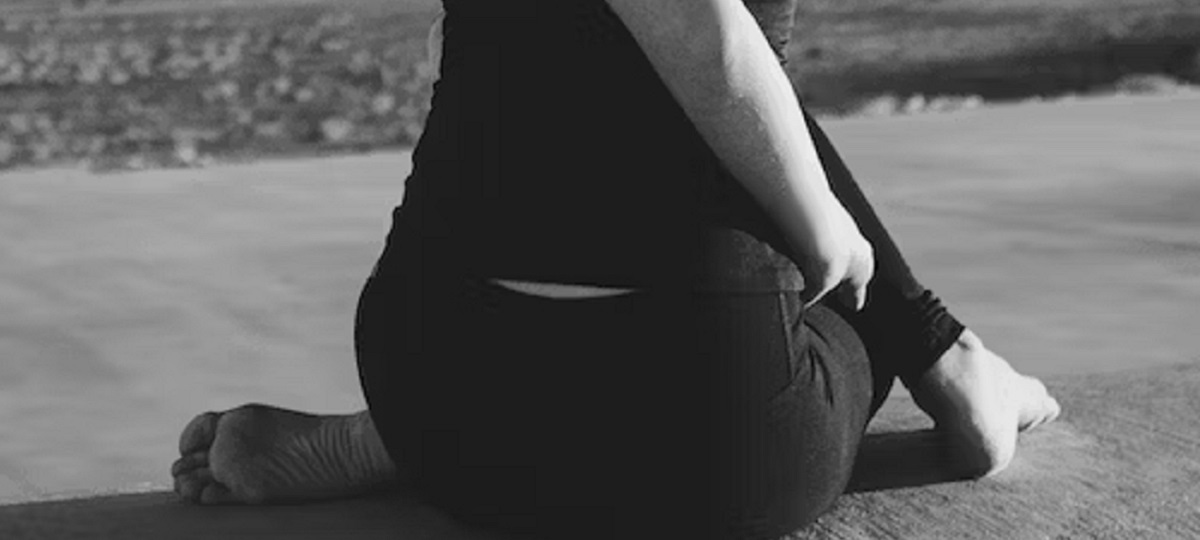Are you a woman who has ever experienced lower back pain on the right side, just above the hip? If so, you’re not alone. This common ailment can be debilitating and frustrating, but fear not – relief is within reach. In this comprehensive guide, we will delve into the intricate world of lower back pain on the right side above the hip in females. By the end of this article, you will not only understand the underlying causes but also be armed with effective strategies to conquer this discomfort once and for all.
Understanding the Anatomy: What Causes Lower Back Pain on the Right Side Above the Hip?
To effectively address any issue, we must first understand its roots. Lower back pain on the right side above the hip can be attributed to various factors, each requiring a tailored approach:
- Muscle Strain: One of the most common culprits is muscle strain. This occurs when the muscles supporting the spine are overexerted or stretched beyond their limits. Simple activities like lifting heavy objects or improper posture can trigger this type of pain.
- Sciatica: Sciatica, a condition that arises from the compression of the sciatic nerve, often causes pain on the right side of the lower back. This pain can radiate down the leg, adding to the discomfort.
- Herniated Disc: A herniated disc in the lumbar spine can also lead to right-sided lower back pain above the hip. The pressure on the nerve roots can cause not only pain but also numbness and tingling sensations.
- Ovarian Issues: In females, right-sided lower back pain above the hip may be linked to gynecological issues, such as ovarian cysts or endometriosis. These conditions can refer pain to the lower back area.
Conquering the Pain: Strategies for Relief
Now that we’ve dissected the possible causes, let’s explore some practical strategies to combat lower back pain on the right side above the hip:
- Rest and Ice: When you experience a sudden onset of pain, it’s essential to rest and apply ice to the affected area. This helps reduce inflammation and soothe sore muscles.
- Physical Therapy: A qualified physical therapist can design a personalized exercise regimen to strengthen your core and improve posture, targeting the root causes of the pain.
- Pain Medications: Painkillers sold over-the-counter may offer momentary relief. To prevent reliance, it’s essential to utilize them as directed by a medical practitioner.
- Heat Therapy: Applying heat to the affected area can help relax tight muscles and alleviate pain. You can use heating pads or take warm baths to ease discomfort.
- Stretching and Yoga: Incorporating gentle stretching exercises and yoga into your daily routine can improve flexibility and reduce the frequency and intensity of lower back pain.
Preventing Future Pain: Lifestyle Changes
To truly conquer lower back pain on the right side above the hip, it’s essential to make lasting lifestyle changes:
- Maintain Good Posture: Be mindful of your posture, whether sitting at a desk or standing. Poor posture can exacerbate back pain over time.
- Exercise Regularly: Engage in low-impact exercises like swimming, walking, or cycling to keep your muscles strong and your spine healthy.
- Stay Hydrated: Proper hydration ensures the intervertebral discs in your spine remain adequately cushioned, reducing the risk of herniation.
- Ergonomic Adjustments: If you have a desk job, invest in ergonomic office furniture and maintain a workspace that supports good posture.
- Healthy Diet: A balanced diet rich in nutrients, particularly calcium and vitamin D, can promote strong bones and reduce the risk of back pain.
Seeking Professional Help: When to Consult a Healthcare Provider
While self-care measures can be highly effective, there are instances where professional medical intervention is necessary. Here are several indications that you ought to see a doctor:
- Persistent Pain: If your lower back pain on the right side above the hip persists or worsens despite self-care efforts, seek medical advice.
- Numbness or Weakness: Any numbness or weakness in the legs, especially if it is progressive, should not be ignored.
- Loss of Bowel or Bladder Control: This is a severe symptom that requires immediate medical attention.
- Fever: If your back pain is accompanied by fever, it may indicate an infection or another serious condition.
- Unexplained Weight Loss: Rapid, unexplained weight loss combined with back pain can be a red flag for underlying health issues.
Empowering Yourself: Taking Charge of Your Well-Being
The journey to conquering lower back pain on the right side above the hip is a personal one. It requires dedication, patience, and a commitment to your well-being. Remember, you are not alone in this battle, and relief is attainable.
As you embark on this journey, keep these soundbites in mind:
- Knowledge is Power: Understanding the root causes of your pain empowers you to make informed decisions about your treatment.
- Consistency is Key: Whether it’s exercise, posture correction, or lifestyle changes, consistency is crucial to achieving lasting relief.
- Listen to Your Body: Your body will communicate what it need. Pay heed to its signs and don’t be afraid to ask for assistance when you need it.
- Stay Positive: A positive mindset can have a significant impact on your healing process. Have faith that you can overcome this obstacle.
- Support Network: Count on your friends, family, or a support network. Sharing your journey with others who have experienced similar pain can be immensely helpful.
Conclusion: Embrace the Journey to a Pain-Free Life
Lower back pain on the right side above the hip in females is a common, yet conquerable, condition. Armed with knowledge and a proactive approach, you can take charge of your well-being and bid farewell to this discomfort. Remember, relief is within reach, and your journey to a pain-free life begins with the first step – understanding the root causes and taking action.
